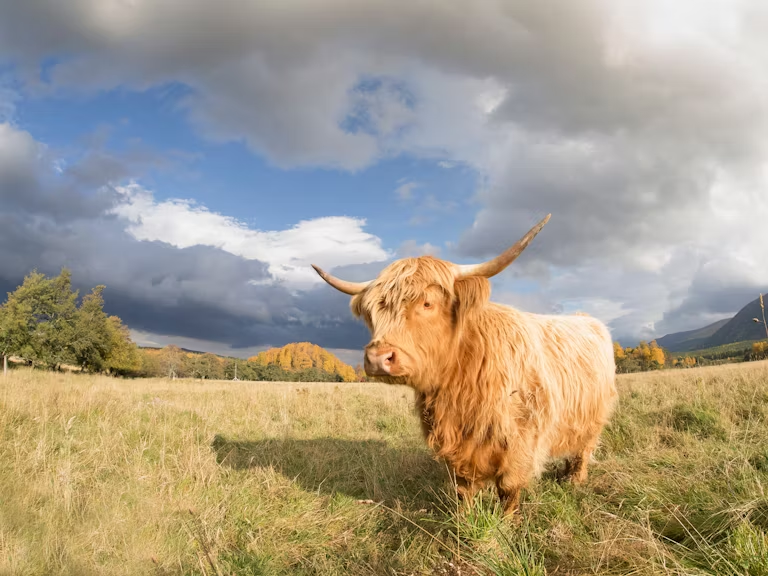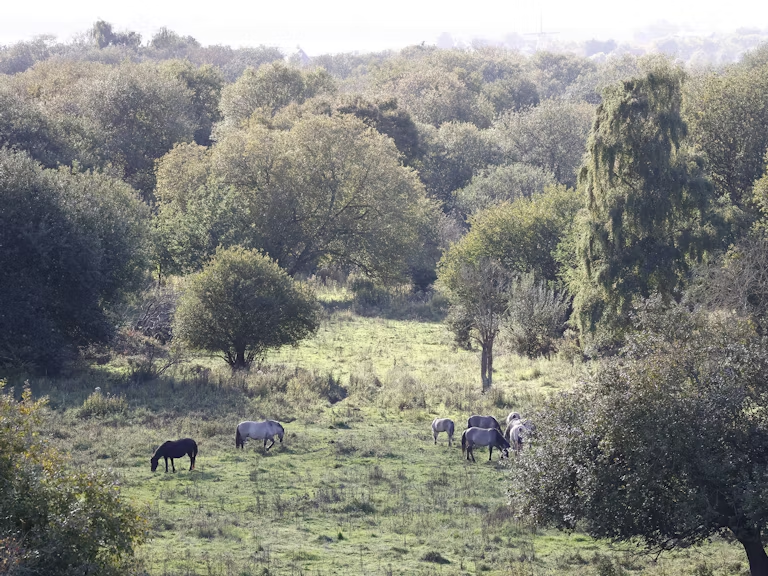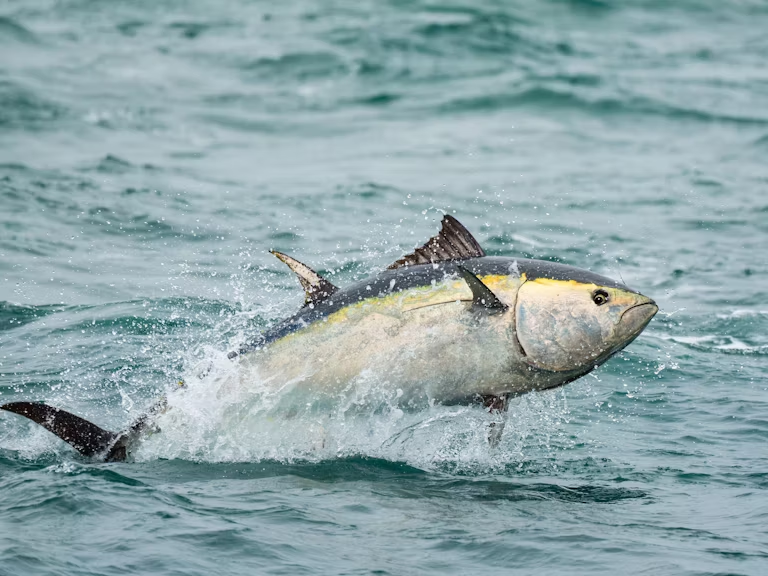Wild horse (pony)
Equus ferus
Wild horses and ponies can play a leading role in rewilding due to their selective grazing of tougher grasses.
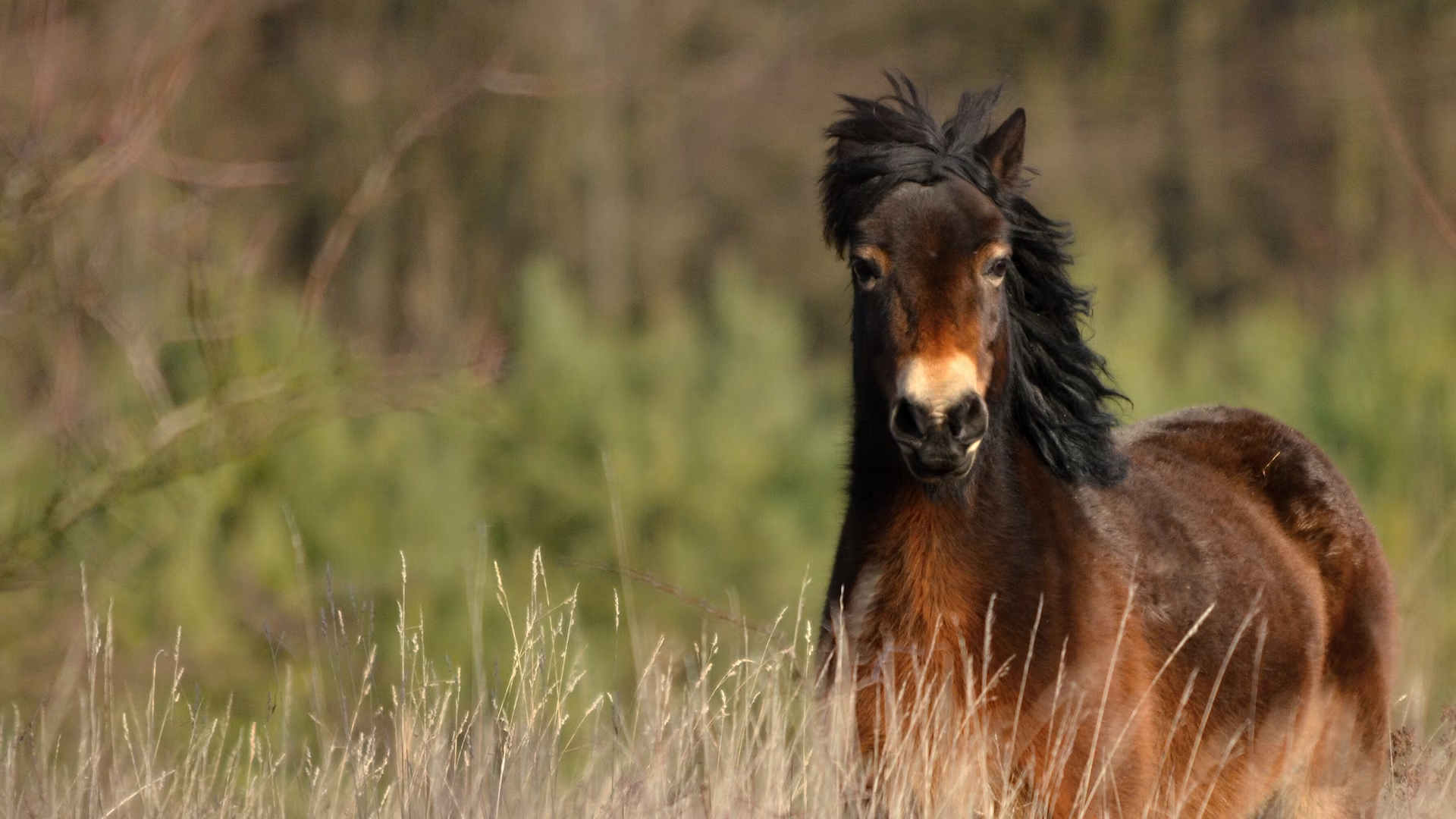
How it shapes the landscape
Wild horses play a crucial role in shaping natural habitats. From grazing through to trampling, wallowing and scenting, their influence benefits a multitude of species. Horses and ponies love coarser grasses and herbs. As a bulk grazer, they will break up tussocky grasslands to form sward mosaics with characteristic, and species-rich, short-sward lawns. This fosters and maintains diverse communities of grasses and wildflowers.
Horses and ponies also tackle woody vegetation, debarking some trees and shrubs, although as a non-ruminant they struggle to digest woody material. By wallowing in dry, sandy soil, horses create a habitat that numerous warmth-loving, basking and burrow-nesting insects require, including pollinating bees and wasps.
Where it likes to be
Wild horses and ponies are animals of a range of habitats, including open grassy plains, scrub, wood pasture and woodland. Their activities in the landscape contribute to a dynamic mosaic of ever-changing habitats.
How much space do they need
The productivity of natural grasses will, in part, determine the carrying capacity of a site. Nutrient-rich floodplains are able to support more animals in a smaller area than dry sandy or chalky soils. Today, rewilded horses and ponies will best thrive in, and will form and shape, open grasslands, shrublands and wood pastures. A small herd will need a larger site for year-round grazing.
Background story
Domestic horses and ponies are a familiar feature of the British countryside. Few realise that these are derived from the extinct wild horse that was once widespread across north-west Europe, including the British Isles. Subspecies of the wild horse include the modern domesticated horse, the extinct tarpan (native to Europe and western Asia) and the endangered Przewalski’s horse (native to Mongolia).
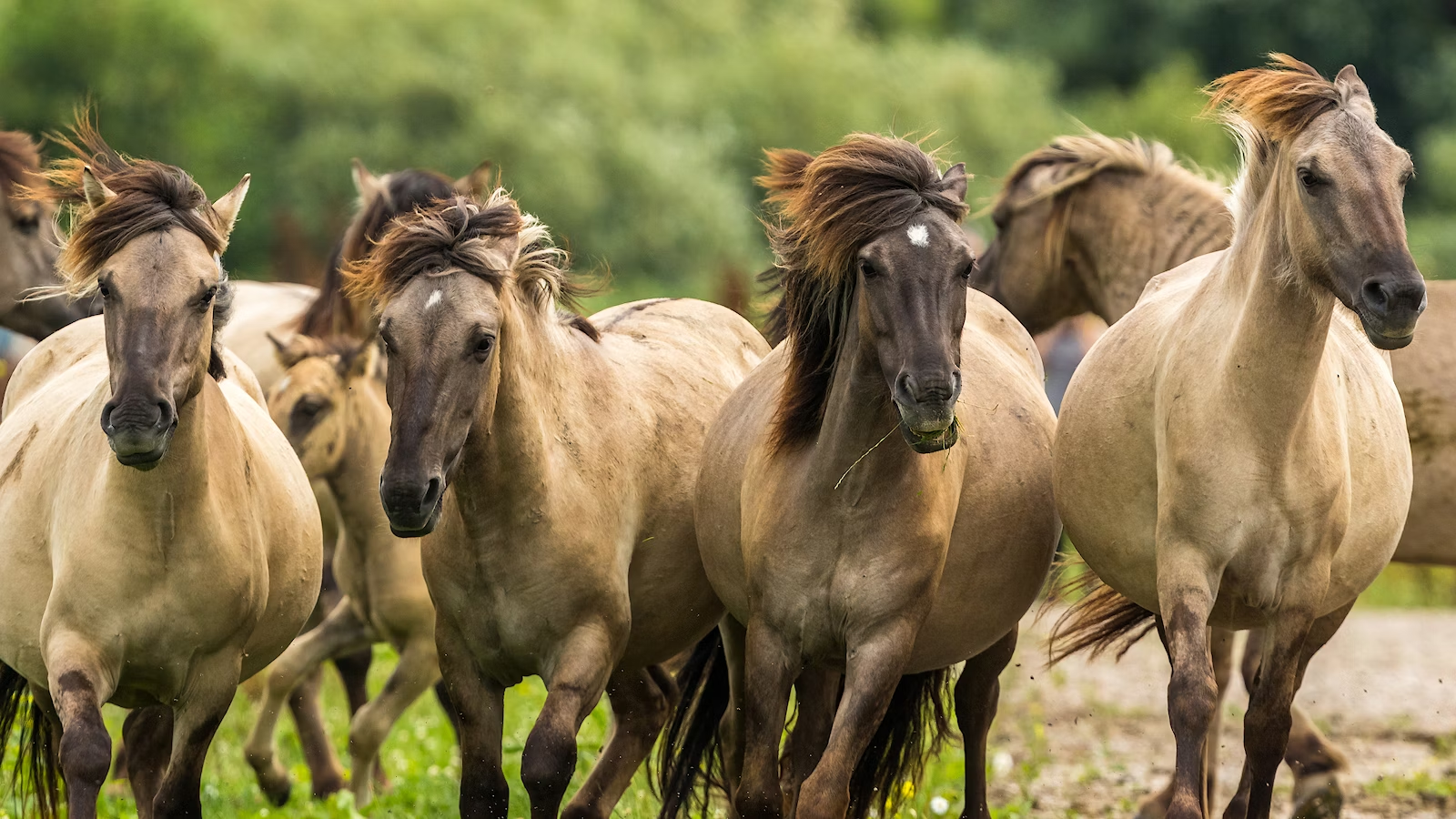
Can we have them in Britain?
In the UK, semi-wild herds of horses thrive on Exmoor (Exmoor ponies) and in the New Forest. A herd of wild horses can comprise a number of harems containing mares and their offspring, and a group of stallions. Space is needed to accommodate this.
A genetically diverse founder population of, say, 12 adult mares, with additional offspring, and six stallions, will quickly regain natural behaviours and demand little day-to-day intervention, beyond ensuring their welfare.
Wild horses will readily drift into arable and improved grasslands in search of grazing opportunities, so boundary fencing is usually required, even on large sites.
In summary
- A key rewilding engineer
- Likes woodlands and grasslands
- The Exmoor pony is a good proxy for the wild horse, as are other native pony breeds
- Hardy, with rain and ice-resistant coats
- Loves wallowing in dry, sandy soils, creating open soil habitat for many insects
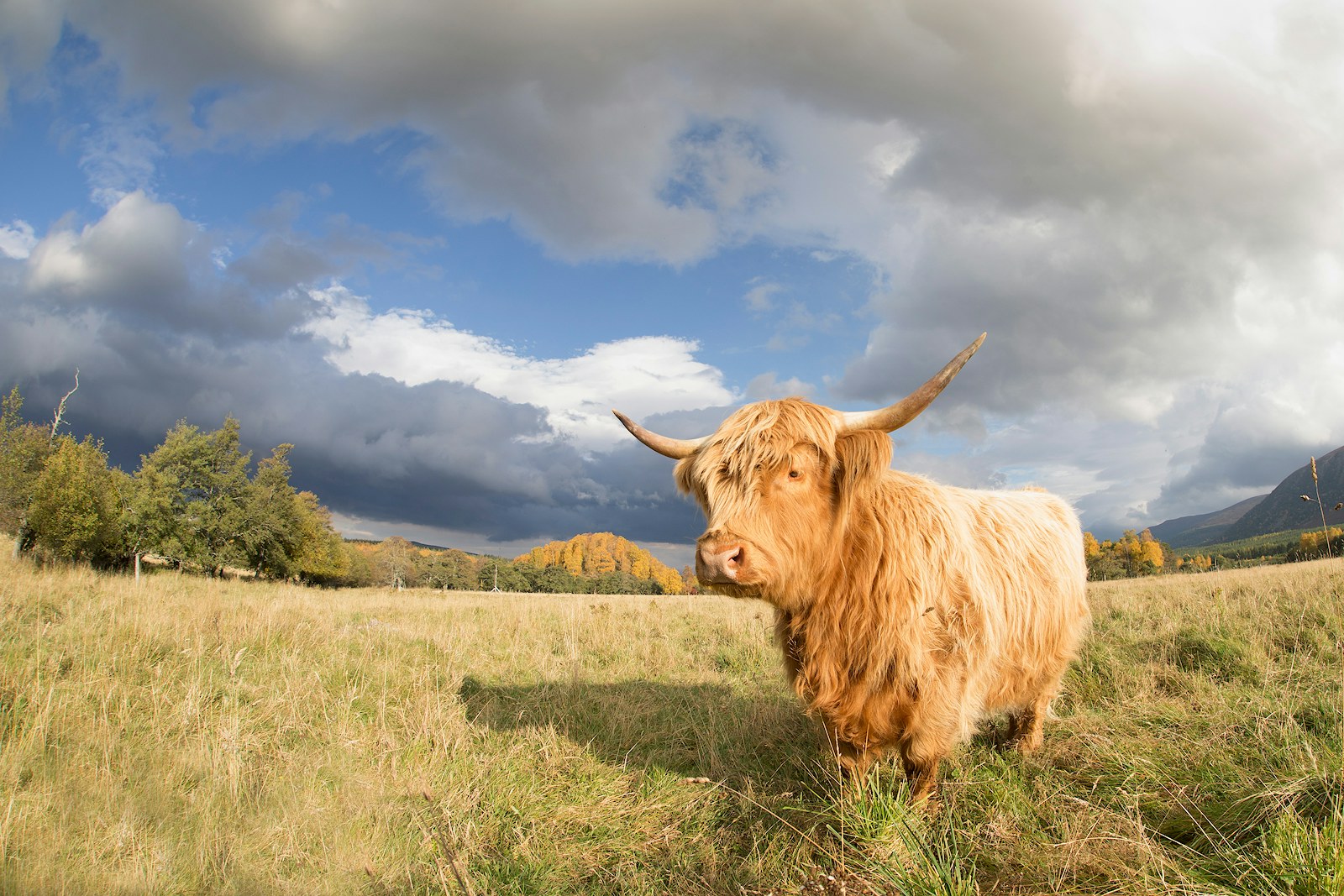
Grazers and browsers
Find out more about how they perform such a vital role in shaping our landscapes and driving natural processes.
